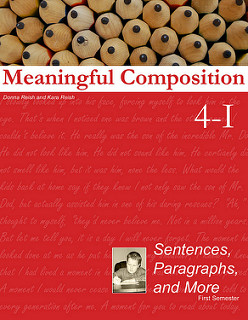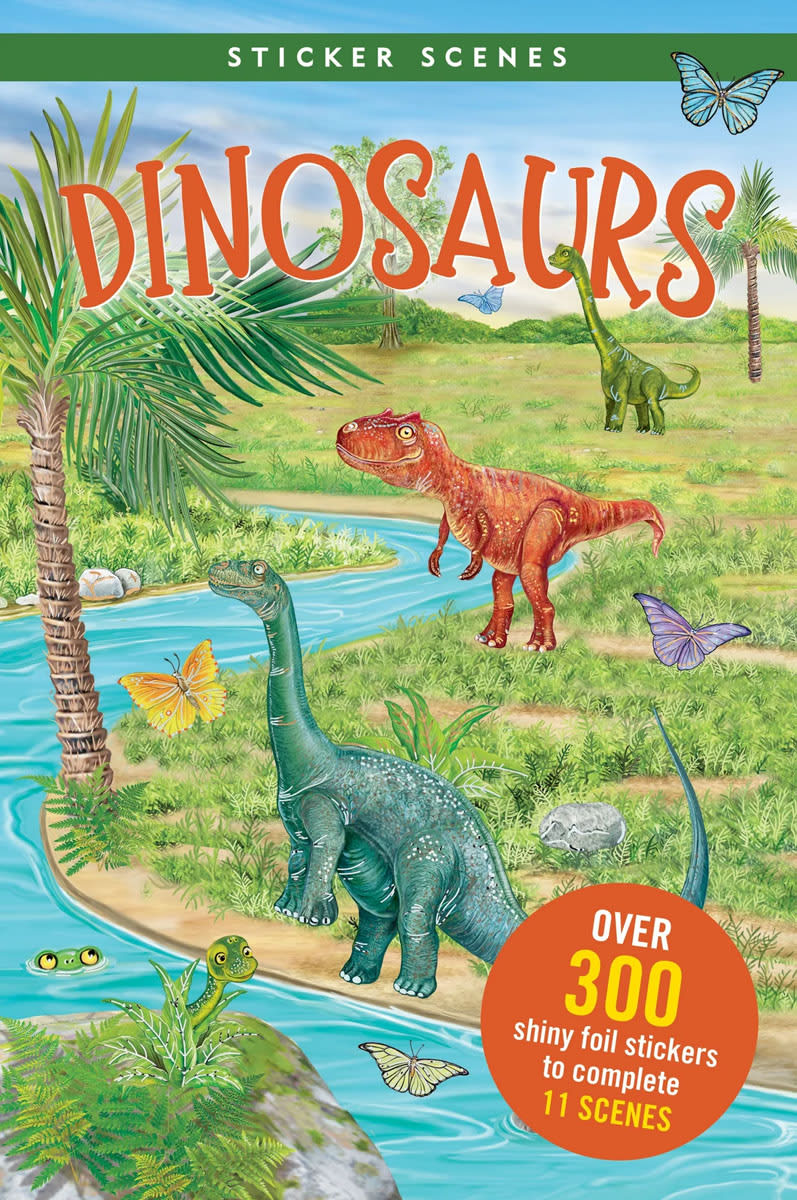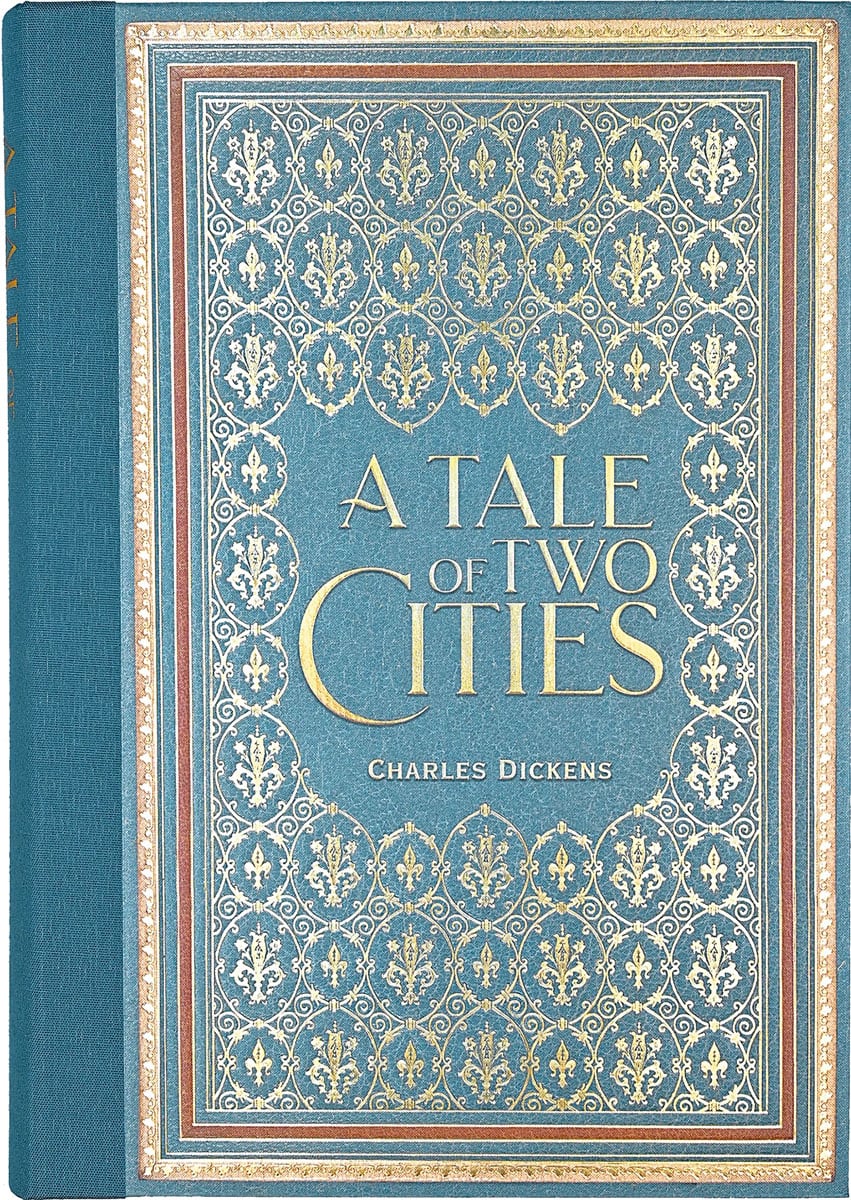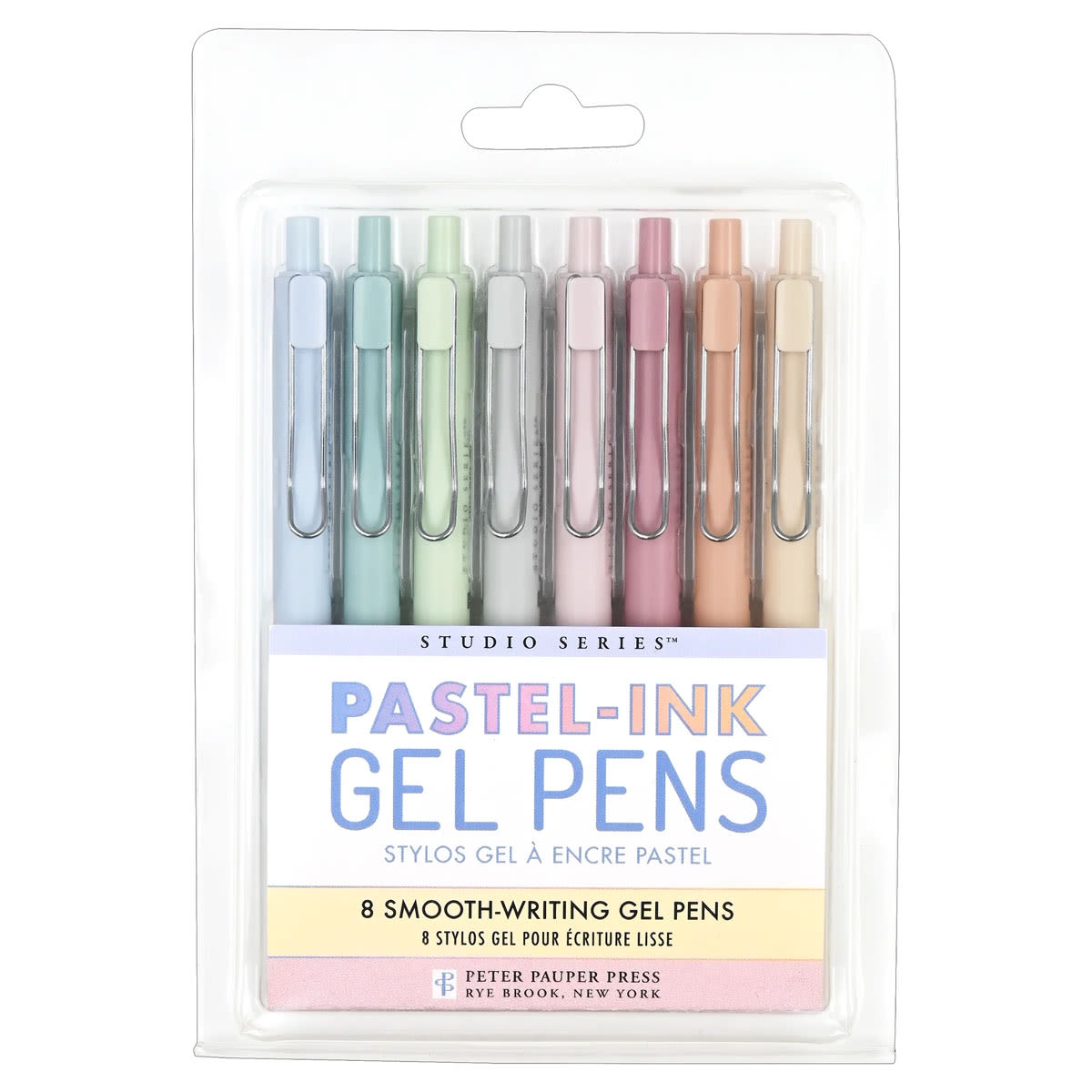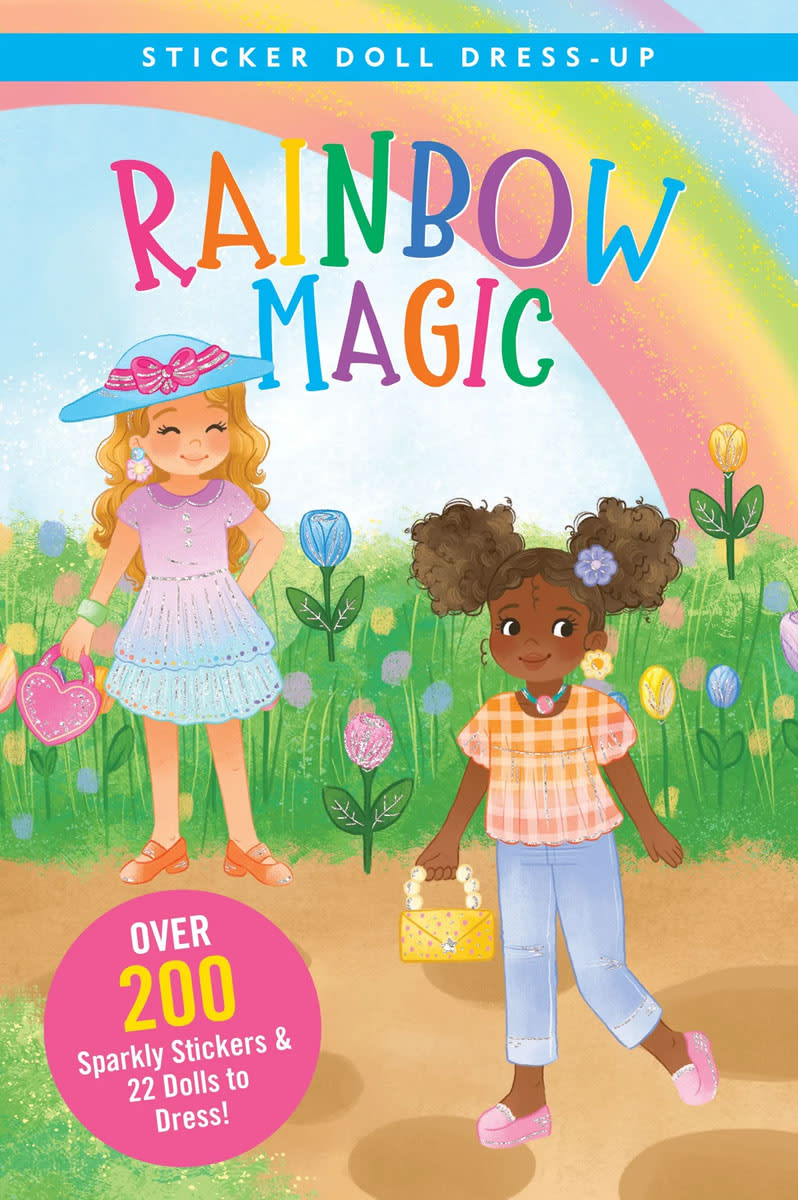Donna Reish first created the Character Quality Language Arts program (CQLA) which includes most aspects of language arts (i.e., grammar, composition, spelling, vocabulary, and reading comprehension). Some families wanted the composition instruction but didn't want to cover all the other areas. So she pulled out the composition elements, along with some grammar instruction, to create the Meaningful Composition (MC) series. However, that series has taken on a life of its own, growing into a thoroughly developed composition program for grades two through twelve.
Books are designated with numbers that approximate grade levels. There are two books for each level, and they are labeled for either the first or second semester with Roman numerals I or II respectively. The first-semester book of each course is more general and covers a broad range of writing skills while second-semester books target a particular type of writing such as creative writing, essay writing, and research papers. With younger students, you will generally begin with the first volume of a level. While you might use books I and II for any grade level, you need not always do so. The first book in each level reviews the techniques used by MC. If students have already developed a strong foundation in the fundamentals and have completed the first volume of any level, you might focus on various types of writing by using the second book from different levels. This might apply especially to older students. For example, if you want to work on research reports with junior or senior high students, you might start with MC 8 I then continue with 8 II, 10 II, and 12 II, all of which address research report writing.
Each book might be used for a range of grade levels. For example, MC 4 books might be used for students in grades three through five or for older students who need remediation. Expanding their usage even further, each book has activities for two levels—basic and extension. All of this means that students with varying abilities might work in the same book. The program overview on their website shows the content of each book and explains how to select a level. Two-week samples of each of the books are available at the Character Ink store so that you can try them out before purchasing a course.
For levels 2 through 4, each book should be completed in one semester because they are more complete language art books. Beyond those levels, each book is set up with schedules for covering a volume in either one semester or one school year depending upon how much time you want to allow for composition and which grammar program you choose to use alongside MC.
While MC is primarily a composition course, levels 2 and 3 include more on the fundamentals of sentence structure and the roles of nouns and verbs grammar and broader language arts coverage while the rest of the series is focused more narrowly on composition skills. That means that you do not need to use another grammar course alongside levels 2 and 3, but you will probably want to use a grammar book, such as Jensen's Grammar or Analytical Grammar, or one of the Easy Grammar courses with all the other levels if students need grammar instruction. “Challenge Checklists,” described below, help reinforce grammar within composition work, and these might be sufficient for grammar once students have already studied grammar thoroughly.
MC 4 I is a great starting place for many students beyond third grade. The first seven weeks’ worth of lessons in 4 I teach parts of speech, types of sentences and the CAVES acronym used by MC students as a tool to check for correctly written sentences. This particular book ensures that students have the necessary grammatical vocabulary as they work through lessons in this book and those that follow.
Students really immerse themselves in the writing process with MC. A great deal of time is spent on planning, editing, and revising, but instruction is provided every step of the way. MC uses a "directed writing" approach. This means that step-by-step instruction guides the student as he/she learns each step in the writing process. The entire process is highly structured. For example when a student begins to write paragraphs in MC 4 I, he/she learns an acronym for creating paragraphs, is told how many sentences to write, organizes pre-written sentences into a paragraph, reviews the rules and instructions a number of times, and is provided with a topic and leading questions for writing their own paragraph. Along this line, levels 2 I through 6 I all include a unique tool used by MC called “Writing Boxes.” Writing Boxes are formatted pages that walk students through steps to paraphrase something written by another author, creating and writing from a sentence-by-sentence outline.
Even at the high-school level, the program remains highly structured. For example in 9 II, High School Creative Writing, students learn to write a very short story. They are given a very specific list of what to include in the story, including the number of paragraphs with specifics such as “Basic students will write 6-8 sentences per paragraph” and “Extension students will write 8-10 sentences per paragraph.”
The program teaches through gradual steps and small increments so that students do not get overwhelmed. While students need to become familiar with the dictionary and a thesaurus, the courses often include lists of suggestions to assist students, lists such as the “Synonyms for Villains” along with definitions for each on page 46 of MC 9 II.
All instructional information is in the worktexts; there are no teacher manuals. Because so much detail is included in the courses, each worktext is large—from about 200 pages to 400 pages. While students need a notebook for composition assignments, outlines, etc., there are numerous activities to be completed directly in the consumable worktext. So every student needs his or her own book.
Similar to the Key Word Outlines in Andrew Pudewa’s Teaching Writing: Structure and Style materials, the Sentence-by-Sentence Outline (S-by-S Outline) is used throughout MC, both for outlining from given sources and for outlining from sources the student finds (for upper-level students). Using this technique, students begin by working from pre-written material about godly people, animals, nature, character, literary characters, etc., selecting keywords from each sentence or section to create an outline of the piece in a paragraph-by-paragraph manner. Then they reconstruct it using their own words. This skill helps with notetaking and organization of written pieces, especially with understanding methods of organizing different types of compositions. In addition to the S-by-S Outline, MC teaches other outlining methods according to the type of writing. For example, Writing Boxes are used to teach younger students how to find important words from a sentence, Q and A Outlines are used for personal essays, Five W Outlines are provided for informative or biographical material, Scene-by-Scene Brainstorming Boxes are used for story writing, and so on.
A "Checklist Challenge" is included for each composition that students are assigned. A Checklist Challenge is a list of requirements and instructions for which the student is accountable for that composition. Some items are general, such as "Check each paragraph carefully to be sure that your transition from one paragraph to another is smooth. If not, add transition sentences as needed. If your transition sentences are adequate, highlight the check box(es) as directed by your teacher" (MC 5 II, p. 136). Other items might be targeted to reflect a skill recently taught. For example, "Add one instance of onomatopoeia (or more than one, according to your level)" (MC 5 II, p.138).
Parents should start out working directly with students to make sure they understand how the courses work. Depending upon the level and the ability of the student, generally, parents will need to work directly with students for one or two hours each week to discuss assignments, teach outlining techniques, check student rough drafts, go over the Checklist Challenge, review final compositions, and otherwise assist students as needed. Students should then be able to work independently through their lessons for four days of the week, spending about 20 to 50 minutes per day, depending upon the level. Younger students are likely to require more parental assistance throughout the week.
Various writing skills are taught at the different levels although there is certainly some repetition and review from level to level. In the middle elementary grades, students learn to write sentences, paragraphs, and brief compositions with an emphasis on creative and experiential writing. In grades six through eight, students tackle reports and essays as well as additional forms of creative writing. High school students hone their essay writing skills and learn to write research papers and stories while also learning writing skills for the real world.
The MC courses for levels 10, 11, and 12 differ from the others in that they contain some material not included in CQLA. For example, CQLA has students write research reports at the high school level but not the lengthy, 20- to 30-page research paper taught in MC 12 I. This means that while you would use either CQLA or MC for levels 2 through 9, you might use both for levels 10 through 12, even though there is some duplication of material in some of the books.
Christian content permeates the curriculum, showing up in instructional material, exercises, and assignments. Recall that MC arose from the Character Qualities Language Art Curriculum (CQLA). Because of this, many of the writing assignments also relate to character qualities as taught from a Christian perspective. Clearly, this type of character-building content inspired the name Meaningful Composition.
However, Character Ink also has produced some non-religious, briefer versions of MC, including Really Writing, Write On, Mowgli, Peter Pan, and other individual lessons such as How to Complete the Checklist Challenge, The Preposition Practice Packet, and Jungle Book Writing Boxes. Really Writing and the individual lessons are available only in ebook format. Mowgli and Peter Pan are available as either print or ebooks.
Character Ink also sells the Write On! Quick Kit, an audio download and ebook set that teaches the basic techniques of the directed writing approach used in MC. You will learn how to teach sentence writing, construction of paragraphs, outlining using a “mapping” format, five-paragraph essays, sentence-by-sentence outlines, and revising using a checklist challenge, as well as many grammar skills. I think that this Quick Kit might prove very helpful in giving parents a jump start on the curriculum’s methodology.
Summary
Meaningful Composition offers parents a highly structured system for composition instruction that should give confidence to even the most inexperienced parent. Many students, likewise, will find the structured nature of the program easy to follow, giving them confidence as they develop their composition skills. However, some students might find the structure constraining or off-putting. While the structure can help students learn to write logically coherent, technically correct compositions that include creative elements, it might not work well for all students.




